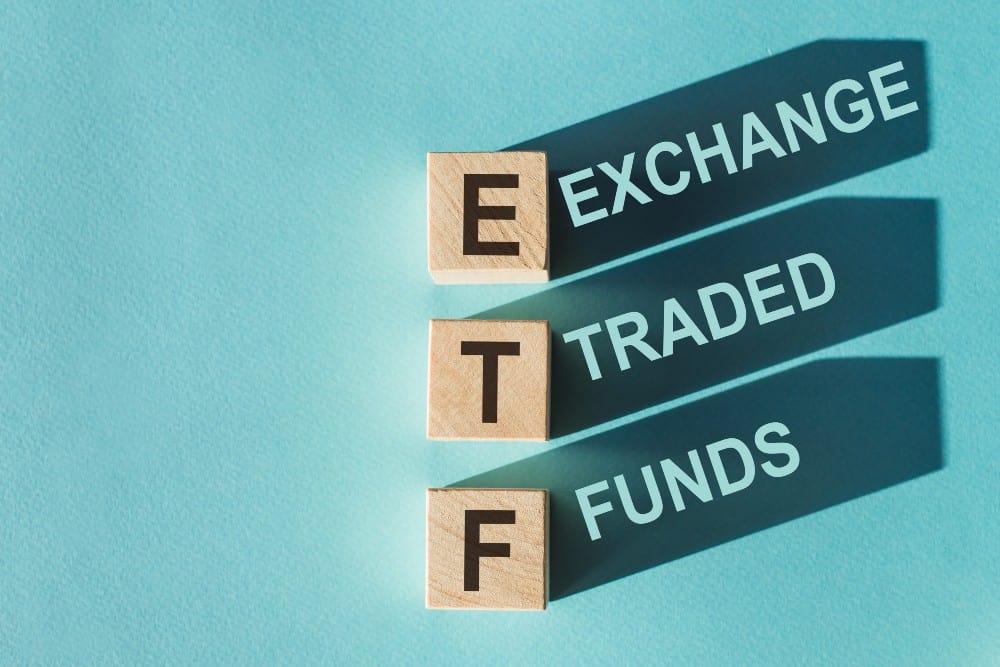Investing in the stock market doesn’t need to transform into a time-consuming hobby or a demanding side gig. You can still tap into the potential of the market’s long-term average returns with minimal effort.
Imagine a strategy that requires little more than purchasing shares once a month—a process that can even be automated—and opting to reinvest your dividends. This approach simplifies investing to its core, making it accessible and manageable, even for those with a busy lifestyle or limited interest.
So, how can you achieve this level of streamlined investing? Allow me to introduce you to a straightforward, effective solution: iShares Core Equity ETF Portfolio (TSX:XEQT). This exchange-traded fund (ETF) is designed for investors looking to participate in the markets without the need to become experts themselves.
What is XEQT?
XEQT stands as an ETF, which you might think of as a fund that operates similarly to a stock, available for buying and selling on a stock exchange. This type of fund has the unique ability to hold a variety of investments, including stocks, bonds, other assets, or even other ETFs.
What sets XEQT apart is its approach to what could be termed “ETF inception.” It strategically invests in four other ETFs, each dedicated to a specific segment of the global stock market.
These segments include U.S. stocks, international stocks excluding the U.S., Canadian stocks, and stocks from emerging markets. This structure allows XEQT to offer a comprehensive, globally diversified investment portfolio through a single transaction.
Think of XEQT as a virtual fund manager. It handles the selection and ongoing rebalancing of these four ETFs on your behalf, aiming to maintain an optimized investment mix over time. Additionally, it distributes dividends on a quarterly basis, providing investors with regular income from their investment.
The cost for this managed, diversified exposure is quite competitive, with an annual fee of 0.20%. To put this into perspective, investing $10,000 in XEQT would result in annual fees of just $20.
How to invest in XEQT
To simplify investing in XEQT for beginners, I’ve streamlined the steps involved. This approach is designed to be straightforward, allowing you to set up your investment and then forget about it.
- Open your brokerage app. I like Wealthsimple for its $0 commissions on Canadian stocks and ETFs, making it a cost-effective platform for beginners.
- Search for XEQT. This is the ticker symbol for the ETF.
- Decide on the number of shares you want to buy. Consider your budget and investment goals when making this decision.
- Set a limit order. Specify the maximum price you’re willing to pay per share. This control ensures you don’t pay more than expected in a volatile market.
- Submit your order and wait for it to fill. Your order will execute when shares are available at your specified price or lower.
- Enable dividend reinvestment. This option automatically uses dividends to purchase more shares, compounding your investment over time.
- Turn on auto-contributions. If your brokerage allows, setting up automatic contributions can help you consistently invest without needing to remember to make manual purchases.
- Log out and enjoy life outside of investing. Once you’ve set up your investment in XEQT, you can take a hands-off approach, knowing your portfolio is designed for long-term growth.









